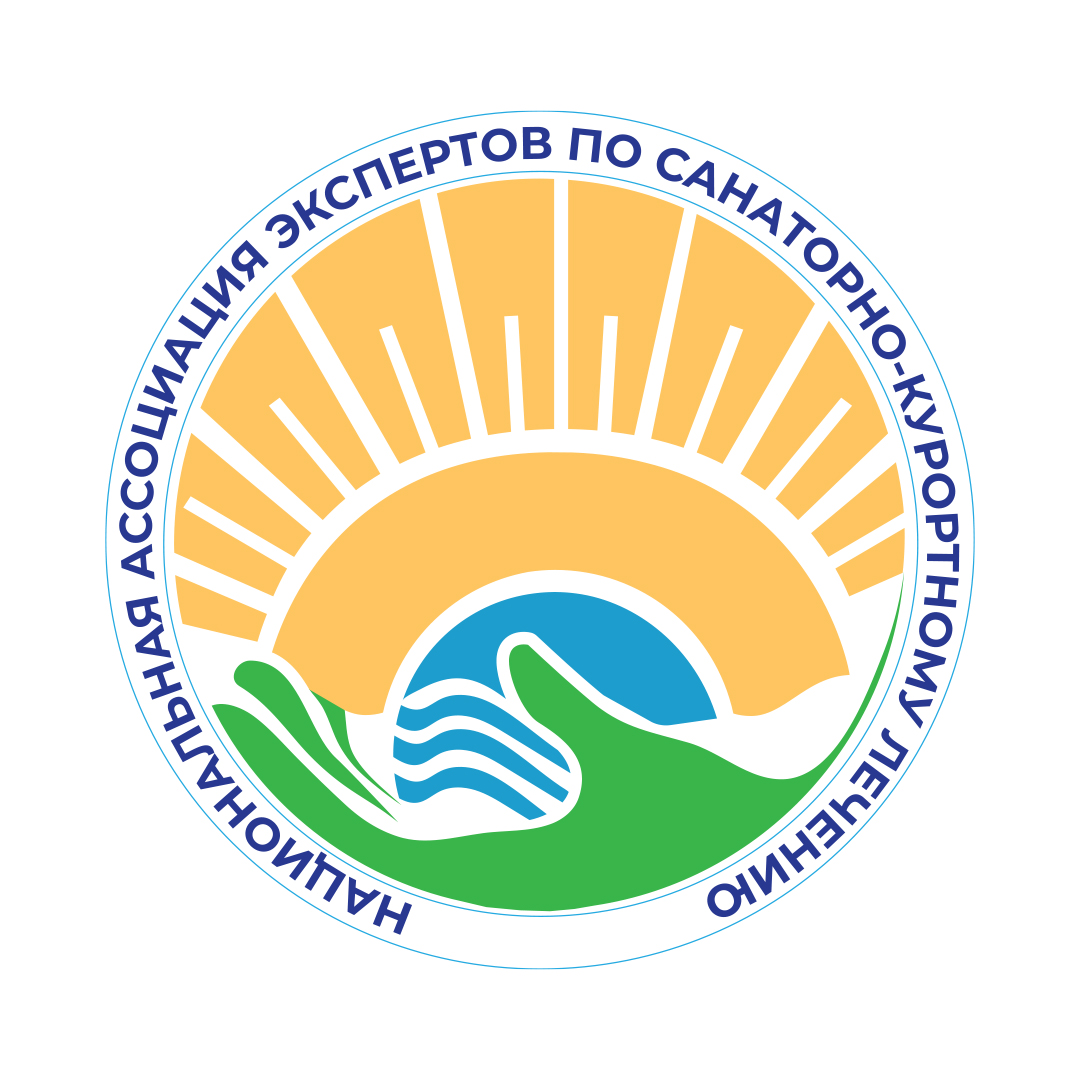Выпуск 24-3, 2025
Оригинальная статья
Эффективность беговой дорожки с использованием транскутанной электрической нервной стимуляции при заболеваниях периферических артерий: рандомизированное контролируемое исследование
![]() Абдельазим Х.К.*,
Абдельхади А.А.,
Абдельазим Х.К.*,
Абдельхади А.А.,
![]() Шакур А.А.,
Хабиб А.Х.И.,
Шакур А.А.,
Хабиб А.Х.И.,
![]() Эль-Сайед М.М.
Эль-Сайед М.М.
Каирский университет, Гиза, Египет
РЕЗЮМЕ
ВВЕДЕНИЕ. Заболевания периферических артерий негативно сказываются на функциональной способности и качестве жизни пациентов, что проявляется в виде дискомфорта в ногах, который приводит к потере трудоспособности и влияет на ходьбу. Несмотря на то, что существует множество методов лечения этих симптомов, таких как тренировки на беговой дорожке, люди отказываются от них из-за постоянной боли. Для облегчения боли рекомендуется использовать транскутанную электрическую нервную стимуляцию (TЭНС).
ЦЕЛЬ. Определить, как комбинированные тренировки на беговой дорожке и TЭНС влияют на дистанцию ходьбы, боль и максимальную скорость у пациентов с заболеваниями периферических артерий.
МАТЕРИАЛЫ И МЕТОДЫ. В исследование было включено 50 человек с заболеваниями периферических артерий, II стадией по классификации Фонтейна и лодыжечно-плечевым индексом, равным 0,90 или ниже в состоянии покоя или 0,73 или ниже после физической нагрузки. Пациенты были случайным образом распределены на две группы для занятий под наблюдением врача на беговой дорожке (контрольная группа, n = 25) или на беговой дорожке в сочетании с TЭНС (основная группа, n = 25) в течение 3 месяцев. Ультразвуковая допплерография и насыщение кислородом скелетных мышц (SMO₂) оценивались в начале исследования и после его завершения.
РЕЗУЛЬТАТЫ И ОБСУЖДЕНИЕ. Основная группа значительно улучшила все оцениваемые показатели по сравнению с контрольной группой (p < 0,05), за исключением общего уровня гемоглобина, который статистически не отличался между группами.
ЗАКЛЮЧЕНИЕ. В этом исследовании впервые используются тренировки на беговой дорожке в сочетании с TЭНС в качестве вспомогательного метода для улучшения функции сосудов у людей с заболеваниями периферических артерий. Пациенты могут со временем использовать эту стратегию для улучшения своих способностей к ходьбе, и она может быть внедрена в обычную практику при переподготовке сердечно-сосудистых специалистов.
РЕГИСТРАЦИЯ: Идентификатор Clinicaltrials.gov No. NCT06061211, зарегистрировано 28.09.2023.
КЛЮЧЕВЫЕ СЛОВА: сосудистая функция, боль, тест с физической нагрузкой, лодыжечно-плечевой индекс, насыщение кислородом
ДЛЯ ЦИТИРОВАНИЯ:
Abdelazim H.K., Abdelhady A.A., Shaker A.A., Habib A.H.I., Elsayed M.M. Treadmill with TENS Impact on Peak Velocity in Peripheral Arterial Disease: a Randomized Controlled Trial. Bulletin of Rehabilitation Medicine. 2025; 24(3):54–65. https://doi.org/10.38025/2078-1962-2025-24-3-54-65
ДЛЯ КОРРЕСПОНДЕНЦИИ:
Hadeer K. Abdelazim, Е-mail: hadeer.kamal@pt.cu.edu.eg
Список литературы:
-
Eid M.A., Mehta K., Barnes J.A., et al. The global burden of peripheral artery disease. J Vasc Surg. 2023 ; 77(4):1119–1126.e1. https://doi.org/10.1016/j.jvs.2022.12.015
-
Herman W.H., Ali M.A., Aubert R.E., et al. Diabetes mellitus in Egypt: risk factors and prevalence. Diabet Med. 1995; 12(12):1126–1131. https://doi.org/10.1111/j.1464-5491.1995.tb00432.x
-
Allison M.A., Ho E., Denenberg J.O., et al. Ethnic-specific prevalence of peripheral arterial disease in the United States. Am J Prev Med. 2007; 32(4):328–333. https://doi.org/10.1016/j.amepre.2006.12.010
-
Hussein E.A. Peripheral Atherosclerotic Occlusive Disease and Lower Limb Ischemia in Egypt: Current Status. Vascular Surgery: A Global Perspective. 2017;105–108. https://doi.org/10.1007/978-3-319-33745-6_18
-
Gerhard-Herman M.D., Gornik H.L., Barrett C., et al. 2016 AHA/ACC Guideline on the Management of Patients with Lower Extremity Peripheral Artery Disease: A Report of the American College of Cardiology/American Heart Association Task Force on Clinical Practice Guidelines. Circulation. 2017; 135(12):e726–e779. https://doi.org/10.1161/CIR.0000000000000471
-
Hedhli J., Cole J.A., Memon W., et al. Facing the Challenges of Peripheral Arterial Disease in the Era of Emerging Technologies. JVS-Vascular Insights. 2024: 100095. https://doi.org/10.1016/j.jvsvi.2024.100095
-
Campia U., Gerhard-Herman M., Piazza G., Goldhaber S.Z. Peripheral artery disease: past, present, and future. Am J Med. 2019; 132(10):1133–1141. https://doi.org/10.1016/j.amjmed.2019.04.043
-
Criqui M.H., Matsushita K., Aboyans V., et al. American Heart Association Council on Epidemiology and Prevention; Council on Arteriosclerosis, Thrombosis and Vascular Biology; Council on Cardiovascular Radiology and Intervention; Council on Lifestyle and Cardiometabolic Health; Council on Peripheral Vascular Disease; and Stroke Council. Lower Extremity Peripheral Artery Disease: Contemporary Epidemiology, Management Gaps, and Future Directions: A Scientific Statement from the American Heart Association. Circulation. 2021; 144(9):e171–e191. https://doi.org/10.1161/CIR.0000000000001005
-
Layden J., Michaels J., Bermingham S., Higgins B. Guideline Development Group. Diagnosis and management of lower limb peripheral arterial disease: summary of NICE guidance. BMJ. 2012; 345:e4947. https://doi.org/10.1136/bmj.e4947
-
Firnhaber J.M., Powell C.S. Lower Extremity Peripheral Artery Disease: Diagnosis and Treatment. Am Fam Physician. 2019; 99(6):362–369.
-
Abaraogu U., Ezenwankwo E., Dall P., et al. Barriers and enablers to walking in individuals with intermittent claudication: A systematic review to conceptualize a relevant and patient-centered program. PloS one. 2018; 13(7):e0201095. https://doi.org/10.1371/journal.pone.0201095
-
Oresanya L., Mazzei M., Bashir R., et al. Systematic review and meta-analysis of high-pressure intermittent limb compression for the treatment of intermittent claudication. J Vasc Surg. 2018; 67(2):620–628.e2. https://doi.org/10.1016/j.jvs.2017.11.044
-
Abaraogu U.O., Dall P.M., Brittenden J., et al. Efficacy and Feasibility of Pain management and Patient Education for Physical Activity in Intermittent claudication (PrEPAID): protocol for a randomised controlled trial. Trials. 2019; 20(1):222. https://doi.org/10.1186/s13063-019-3307-6
-
Seenan C., McSwiggan S., Roche P.A., et al. Transcutaneous electrical nerve stimulation improves walking performance in patients with intermittent claudication. J Cardiovasc Nurs. 2016; 31(4):323–330. https://doi.org/10.1097/JCN.0000000000000258
-
Besnier F., Senard J.M., Grémeaux V., et al. The efficacy of transcutaneous electrical nerve stimulation on the improvement of walking distance in patients with peripheral arterial disease with intermittent claudication: study protocol for a randomised controlled trial: the TENS-PAD study. Trials. 2017; 18:1–9. https://doi.org/10.1186/s13063-017-1997-1
-
Bearne L.M., Volkmer B., Peacock J., et al. Effect of a home-based, walking exercise behavior change intervention vs usual care on walking in adults with peripheral artery disease: the MOSAIC randomized clinical trial. JAMA. 2022; 327(14):1344–1355. https://doi.org/10.1001/jama.2022.3391
-
Schmidt U., Frewer A., Sprumont D., editors. Ethical research: the Declaration of Helsinki, and the past, present, and future of human experimentation. Oxford University Press. 1st Ed. 2020; 610 p.
-
Aboyans V., Ricco J.B., Bartelink M., et al. 2017 ESC guidelines on the diagnosis and treatment of peripheral arterial diseases, in collaboration with the European Society for Vascular Surgery (ESVS). Kardiol Pol. 2017; 75(11):1065–1160. Polish. https://doi.org/10.1093/eurheartj/ehx095
-
Treat-Jacobson D., McDermott M.M., Bronas U.G., et al. American Heart Association Council on Peripheral Vascular Disease; Council on Quality of Care and Outcomes Research; and Council on Cardiovascular and Stroke Nursing. Optimal Exercise Programs for Patients with Peripheral Artery Disease: A Scientific Statement from the American Heart Association. Circulation. 2019; 139(4):e10–e33. https://doi.org/ 10.1161/CIR.0000000000000623
-
Azene E.M., Steigner M.L., Aghayev A., et al. ACR appropriateness criteria® lower extremity arterial claudication-imaging assessment for revascularization: 2022 update. J Am Coll Radiol. 2022; 19(11S):S364–S373. https://doi.org/10.1016/j.jacr.2022.09.002
-
Sibley III R.C., Reis S.P., MacFarlane J.J., et al. Noninvasive physiologic vascular studies: a guide to diagnosing peripheral arterial disease. Radiographics. 2017; 37(1):346–357. https://doi.org/10.1148/rg.2017160044
-
Bosiers M., Hart J.P., Deloose K., et al. Endovascular therapy as the primary approach for limb salvage in patients with critical limb ischemia: experience with 443 infrapopliteal procedures. Vascular. 2006; 14(2):63–69. https://doi.org/10.2310/6670.2006.00014
-
Miller A.J., Luck J.C., Kim D.J., et al. Blood pressure and leg deoxygenation are exaggerated during treadmill walking in patients with peripheral artery disease. J Appl Physiol (1985). 2017; 123(5):1160–1165. https://doi.org/10.1152/japplphysiol.00431.2017
-
Castro-Sánchez A.M., Mataran-Penarrocha G.A., Feriche-Fernandez-Castanys B., et al. A program of 3 physical therapy modalities improves peripheral arterial disease in diabetes type 2 patients: a randomized controlled trial. J Cardiovasc Nurs. 2013; 28(1):74–82. https://doi.org/10.1097/JCN.0b013e318239f419
-
Chauhan A., Mullins P.A., Thuraisingham S.I., et al. Effect of transcutaneous electrical nerve stimulation on coronary blood flow. Circulation. 1994; 89(2):694–702. https://doi.org/10.1161/01.cir.89.2.694
-
Ter Laan M., van Dijk J.M., Elting J.W., et al. The influence of transcutaneous electrical neurostimulation (TENS) on human cerebral blood flow velocities. Acta Neurochir (Wien). 2010; 152:1367–1373. https://doi.org/10.1007/s00701-010-0678-6
-
Bonnin P., Fressonnet R. Principles of hemodynamics and sonographic techniques for the evaluation of arteries. J Radiol. 2005; 86(6 Pt 1):615–627. https://doi.org/10.1016/s0221-0363(05)81417-9
-
Machado I, Ferreira J, Magalhães C., et al. Six-month effects of supervised exercise on walking ability and health-related factors in peripheral arterial disease: a pilot study. Int Angiol. 2023; 42(5):371–381. https://doi.org/10.23736/S0392-9590.23.05085-X
-
Guyton A.C., Hall J.E. Textbook of medical physiology, 11th Ed. Philadelphia. W.B. Saunders Co. 2012.
-
Sammons E.L., Samani N.J., Smith S.M., et al. Influence of noninvasive peripheral arterial blood pressure measurements on assessment of dynamic cerebral autoregulation. J Appl Physiol. 2007; 103(1):369–375. https://doi.org/10.1152/japplphysiol.00271.2007
-
Jessurun G.A., Tio R.A., De Jongste M.J., et al. Coronary blood flow dynamics during transcutaneous electrical nerve stimulation for stable angina pectoris associated with severe narrowing of one major coronary artery. Am J Cardiol. 1998; 82(8):921–926. https://doi.org/10.1016/S0002-9149(98)00506-2
-
Kaada B. Vasodilation induced by transcutaneous nerve stimulation in peripheral ischemia (Raynaud‘s phenomenon and diabetic polyneuropathy). Eur Heart J. 1982; 3(4):303–314. https://doi.org/10.1093/oxfordjournals.eurheartj.a061312
-
Baker W.B., Li Z., Schenkel S.S., et al. Effects of exercise training on calf muscle oxygen extraction and blood flow in patients with peripheral artery disease. J Appl Physiol. 2017; 123(6):1599–1609. https://doi.org/10.1152/japplphysiol.00585.2017
-
Manfredini F., Malagoni A.M., Mandini S., et al. Near-infrared spectroscopy assessment following exercise training in patients with intermittent claudication and in untrained healthy participants. Vasc Endovascular Surg. 2012; 46(4):315–324. https://doi.org/10.1177/1538574412443318
-
Beckitt T.A., Day J., Morgan M., Lamont P.M. Calf muscle oxygen saturation and the effects of supervised exercise training for intermittent claudication. J Vasc Surg. 2012; 56(2):470–475. https://doi.org/10.1016/j.jvs.2011.11.140

Контент доступен под лицензией Creative Commons Attribution 4.0 License.
©
Эта статья открытого доступа по лицензии CC BY 4.0. Издательство: ФГБУ «НМИЦ РК» Минздрава России.




